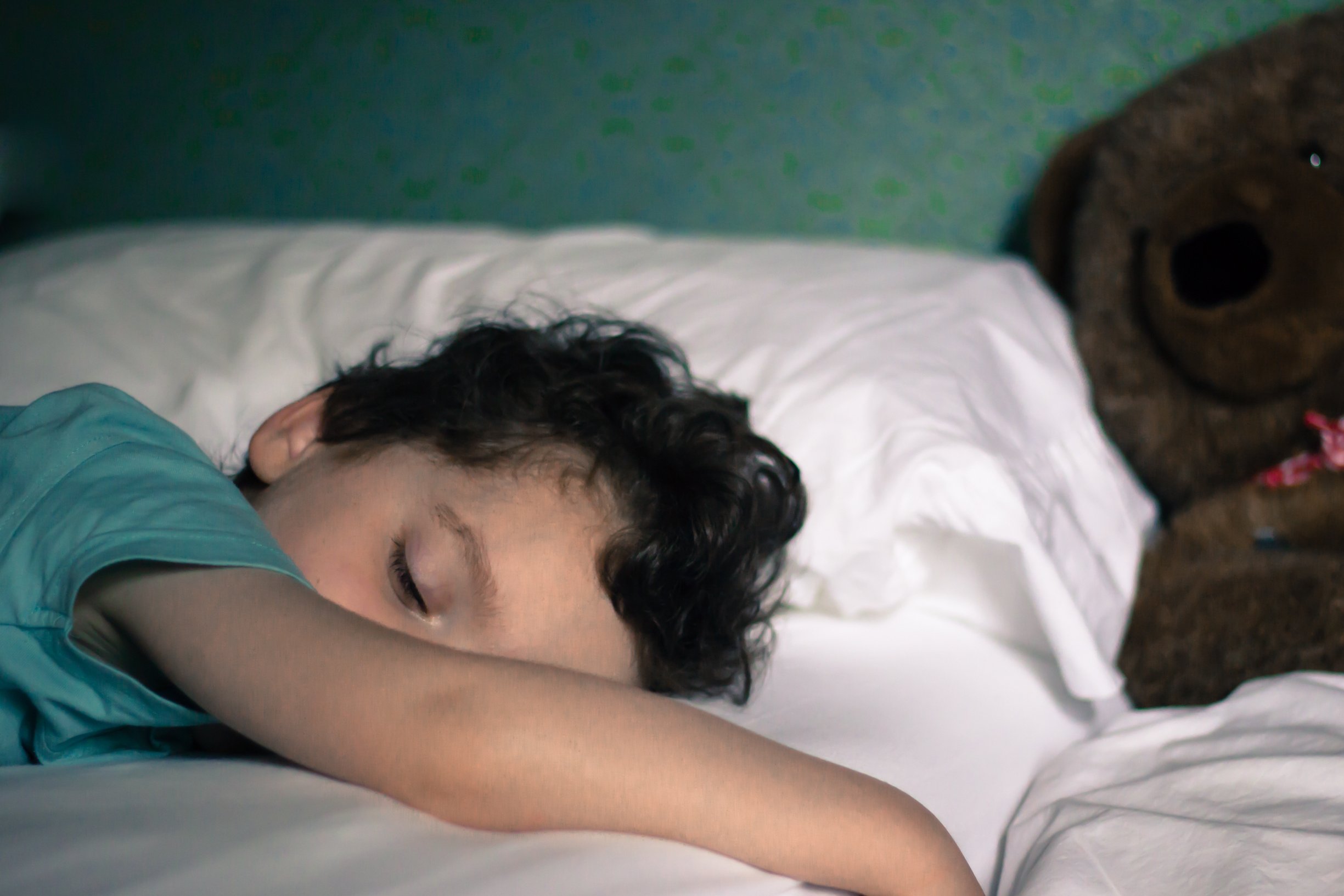Childhood sleep apnoea is common but hard to diagnose

The cessation of breathing during sleep caused by enlarged tonsils is common in preschool-age children and can cause serious complications, but the methods normally used to diagnose the condition are subjective and unreliable. The finding is reported in a thesis from Karolinska Institutet by Anna Borgström, who has also evaluated different surgical treatments.
 Obstructive sleep apnoea affects 5 to 6 per cent of all children of preschool age, causing the repeated cessation of breathing during sleep. If the condition remains untreated, it can interfere with brain development and cause complications such as learning difficulties and behavioural disorders with ADHD-like symptoms. In extreme cases it can even lead to heart failure.
Obstructive sleep apnoea affects 5 to 6 per cent of all children of preschool age, causing the repeated cessation of breathing during sleep. If the condition remains untreated, it can interfere with brain development and cause complications such as learning difficulties and behavioural disorders with ADHD-like symptoms. In extreme cases it can even lead to heart failure.
The diagnostic method currently seen as the best for obstructive sleep apnoea in children is polysomnography, but it is a resource-heavy examination that has to be carried out in a sleep laboratory. Because of this, doctors have often relied on the combination of clinical examination and questionnaire (OSA-18) to make their diagnoses. However, as Dr Borgström – ear, nose and throat specialist and researcher at Karolinska Institutet’s Department of Clinical Science, Intervention and Technology – demonstrates in her thesis, the questionnaire has no diagnostic value.
Symptoms are easily missed
“What we need are better and cheaper diagnostic methods,” she says. “Since the symptoms are unspecific and breathing often stops late at night, the diagnosis is probably often missed.”
Childhood obstructive sleep apnoea is usually caused by enlarged tonsils, in which case an operation is the conventional answer. Tonsil surgery is one of the most common forms of surgery performed on children, with thousands of operations every year in Sweden alone. Dr Borgström’s thesis shows that the number of such operations has risen over the past few decades and that ever younger children are having them.
Two main surgical methods compared
There are two main methods used: tonsillectomy and tonsillotomy, which involve, respectively, the complete and partial removal of the tonsils. Despite the lack of randomised studies comparing the two, the latter method has begun to dominate. One such study is included in Dr Borgström’s thesis and has recently been published in the esteemed periodical Pediatrics. It shows that the methods give similar outcomes for the treatment of obstructive sleep apnoea in preschool children, but also that tonsillotomy carries a risk of tonsil regrowth and the consequent need for renewed surgery.
“I want my thesis to show that obstructive sleep apnoea and enlarged tonsils are common conditions that can have serious ramifications,” says Dr Borgström. “What I hope is that my research will mean better treatment for preschool children suffering from such problems.”
Anna Borgström defended her thesis “Pediatric obstructive sleep apnea – evaluation of questionnaire and surgical treatment” on 24 March 2017.
